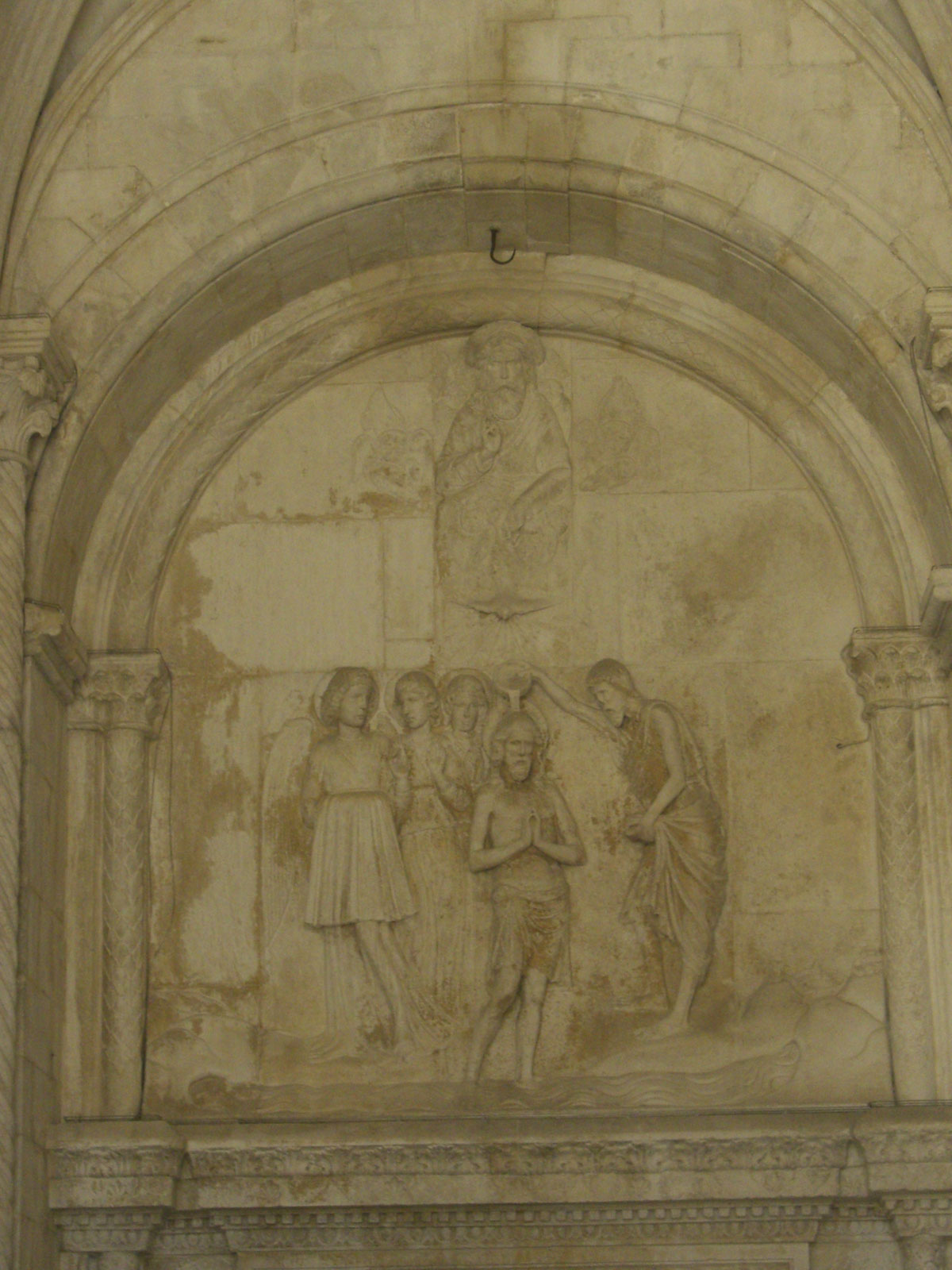Andrija Aleši on:
[Wikipedia]
[Google]
[Amazon]
Andrea Alessi (, , – 1504/05) was a Venetian architect and sculptor of Albanian descent, considered one of the most distinguished artists of Venetian

Biography
at the Croatian Post stamp collection web site {{DEFAULTSORT:Aleksi, Andrea 15th-century Italian architects 15th-century Italian sculptors Republic of Venice architects Republic of Venice sculptors Albanian architects Albanian sculptors People from Durrës 1420s births 1505 deaths Venetian period in the history of Albania Venetian period in the history of Croatia 15th-century Croatian sculptors
Dalmatia
Dalmatia (; ; ) is a historical region located in modern-day Croatia and Montenegro, on the eastern shore of the Adriatic Sea. Through time it formed part of several historical states, most notably the Roman Empire, the Kingdom of Croatia (925 ...
and Croatia
Croatia, officially the Republic of Croatia, is a country in Central Europe, Central and Southeast Europe, on the coast of the Adriatic Sea. It borders Slovenia to the northwest, Hungary to the northeast, Serbia to the east, Bosnia and Herze ...
.
Life
Andrea Alessi was born around 1425 in the city of Durazzo in Venetian Albania (modern day Durrës, Albania) and may have been of local Albanian origin rather than Italian. Other sources say he was of Italian origin. He moved to the city of Split in Dalmatia during theRepublic of Venice
The Republic of Venice, officially the Most Serene Republic of Venice and traditionally known as La Serenissima, was a sovereign state and Maritime republics, maritime republic with its capital in Venice. Founded, according to tradition, in 697 ...
, where he studied under sculptor Mark Troja. He lived most of his life and conducted much of his work in Dalmatia, working in Split, Ĺ ibenik
Ĺ ibenik (), historically known as Sebenico (), is a historic town in Croatia, located in central Dalmatia, where the river Krka (Croatia), Krka flows into the Adriatic Sea. Ĺ ibenik is one of the oldest Croatia, Croatian self-governing cities ...
, Zadar, Rab, Trogir, Ancona
Ancona (, also ; ) is a city and a seaport in the Marche region of central Italy, with a population of around 101,997 . Ancona is the capital of the province of Ancona, homonymous province and of the region. The city is located northeast of Ro ...
, and the Tremiti Islands.
He died in Split in either 1504 or 1505 and was buried Durrës.
Career
Alessi was a disciple of Giorgio da Sebenico, and his best-known work is with Niccolò di Giovanni Fiorentino on the expansion of the Chapel of St. John of Trogir located in Trogir that began in 1468. Just like Šibenik Cathedral of Saint James in Dalmatia, the Chapel of was composed out of large stone blocks with extreme precision. It is unique harmony of architecture and sculpture according to antique ideals. From inside, there is no flat wall. In the middle of chapel, on the altar, lays the sarcophagus of blessed John of Trogir. Surrounding are reliefs of puttos carrying torches that look like they were peeping out of doors of Underworld. Above them there are niches with sculptures of Christ and apostles (the principle work of Alessi), amongst them are putties, circular windows encircled with fruit garland, and a relief of Nativity. All is ceiled with coffered ceiling with image of God in the middle and ninety-six portrait heads of angels. With so many faces of smiling children the chapel looks very cheerful and there isn’t nothing similar in European art of that time. Andrea is best known for his merchant statues in Ancona, Italy, and his mural paintings in the Trogir Cathedral, particularly ''The Baptistry of Trogir.'' He signed the Trogir Baptistery in 1467 with: ''ANDREAS ALEXIUS DURRACHINUS OPIFEX MCCCCXII'' (Andreas Alexius, artisan from Durrës, 1462).References
External links
Biography
at the Croatian Post stamp collection web site {{DEFAULTSORT:Aleksi, Andrea 15th-century Italian architects 15th-century Italian sculptors Republic of Venice architects Republic of Venice sculptors Albanian architects Albanian sculptors People from Durrës 1420s births 1505 deaths Venetian period in the history of Albania Venetian period in the history of Croatia 15th-century Croatian sculptors